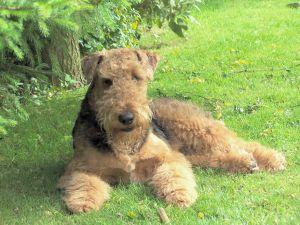
Believed to be the result of crossing between the now extinct rough-coated Black and Tan Terrier and the Otterhound, the Airedale came into existence in the mid-19th century and maintains its original popularity today. Traditionally bred as a vermin hunter along the banks of the rivers Calder, Wharfe and Aire, the Airdale was developed in the Aire Valley, Yorkshire in 1810-1870. A decade later it was imported to the United States. Alternatively named the Waterside or Bingley Terrier, the breed has been utilised in hunting big game in Africa, India and Canada, guarding, tracking, in military and police service, and competitive obedience. Having served in WWI as a search and rescue dog accompanying the sentries to look for wounded soldiers, the modern Airedale Terrier is primarily found as a companion dog.
Distinctive in appearance, the Airedale is characterised by a medium build, a high-set tail, triangular 'drop' ears and a wiry outer coat in common colour variations of black, tan and grizzle. Despite being an illegal practice in most countries across Europe, the process of tail 'docking' is often undertaken with this breed, although such is not a breed standard. Traditionally employed in hunting fox, otter, badger, weasel and rats, the Airedale retains its natural instincts and is inclined to chase small animals unless trained not to. The Airedale is the largest of the British terriers.
Compatible with children and other domestic animals, the Airedale is a great breed choice for families or a dedicated sole owner. Inherently energetic and fun-loving, the Airedale requires regular exercise and mental enrichment. Highly intelligent and responsive, the Airedale can be trained to a good degree. On average a healthy Airedale will weigh 18-30 kg depending on its gender, with a life expectancy of 10-12 years when shown the appropriate care. It is not uncommon for an Airedale to outlive this expectancy.
Selectively bred for its hardiness, the Airedale is typically healthy and long-lived. As with most other breeds, the Airedale is prone to certain afflictions, including optical disorders, dermatitis and hip dysplasia. No serious breed-specific or genetic diseases are documented in the breed.

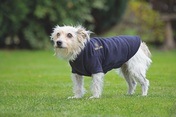
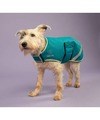
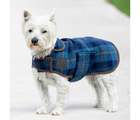
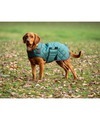
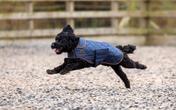

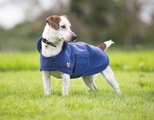
From Lincs., United Kingdom
Airedales need firm handling as they need to know who is in charge. They are very intelligent and funny, expect to have to laugh at yourself and with the Airedales when they are feeling mischievious
From Buckinghamshire, United Kingdom
I believe that Airedales Terriers are sensitive clown dogs. They need consistent kind training but it needs to be kept interesting to retain their attention. They are very intelligent and although they will know an instruction, such as recall, you can see them weighing up whether to come back, or not! They are the best dogs! My dog makes me smile and laugh (and sometimes really cross) every day. Not a dog for the faint-hearted for sure!
From Hampshire, United Kingdom
I’ve been owned by Airedale terriers for about 40 years. If like cheeky dogs with a mind of its own, they’re your kind of dog. They are the clowns of the dog world. They’re smart and intelligent and bore easily. They eventually respond to kind persistent training, eventually. All terriers were bred to work out of site, down holes so they make their own minds up. They don’t shed but you need to groom them regularly. They’re not for the lazy. In the right hands they Are a joy to live with.